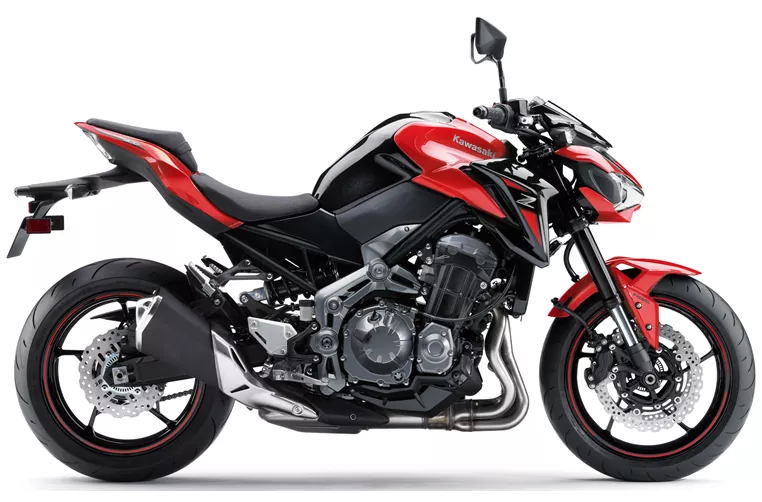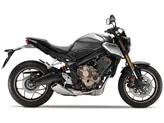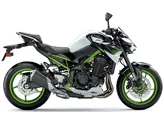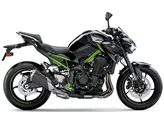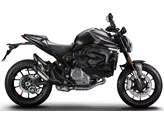Kawasaki Z900 70kW 2018 vs. Kawasaki Z 800 2013
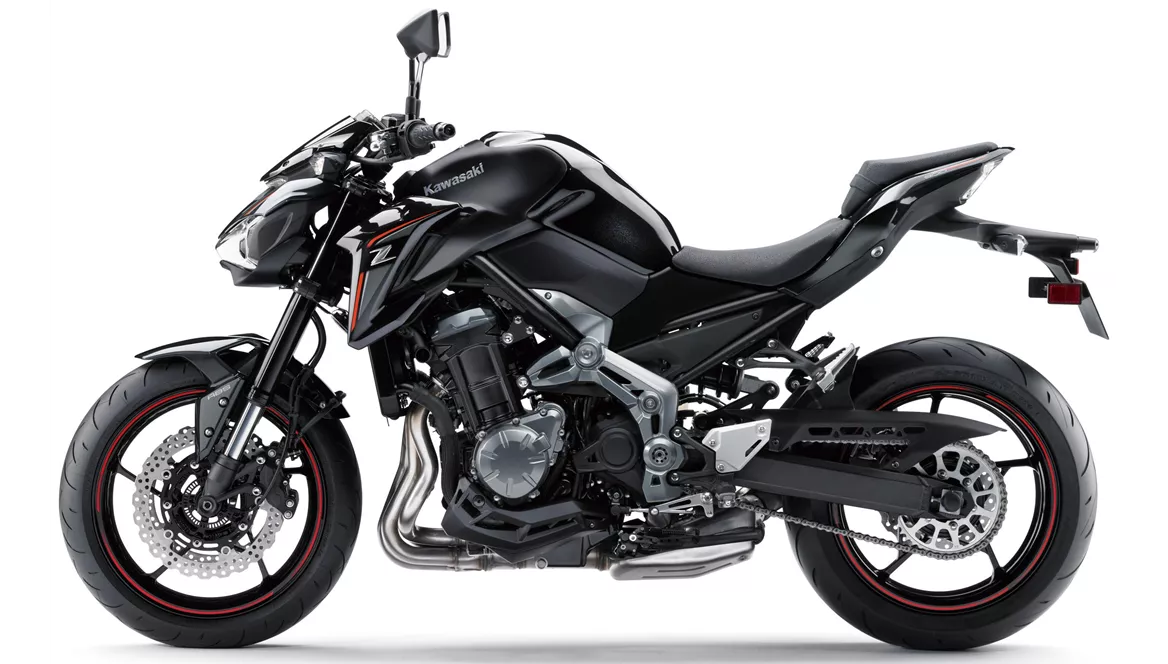
Kawasaki Z900 70kW 2018

Kawasaki Z 800 2013
Overview - Kawasaki Z900 70kW 2018 vs Kawasaki Z 800 2013
The Kawasaki Z900 70kW model year 2018 and the Kawasaki Z800 model year 2013 are both naked bikes with similar technical specifications. Both bikes have an in-line engine with liquid cooling and four cylinders. However, there are some notable differences between the two models.
In terms of engine power, the Kawasaki Z900 70kW 2018 has 95 HP, while the Kawasaki Z800 2013 has 113 HP. This means that the Z800 has a more powerful engine and may offer faster acceleration and higher top speed compared to the Z900.
In terms of torque, the Kawasaki Z900 70kW 2018 has 91.2 Nm, while the Kawasaki Z800 2013 has 83 Nm. While the Z800 has slightly lower torque, it may still provide sufficient power for confident acceleration.
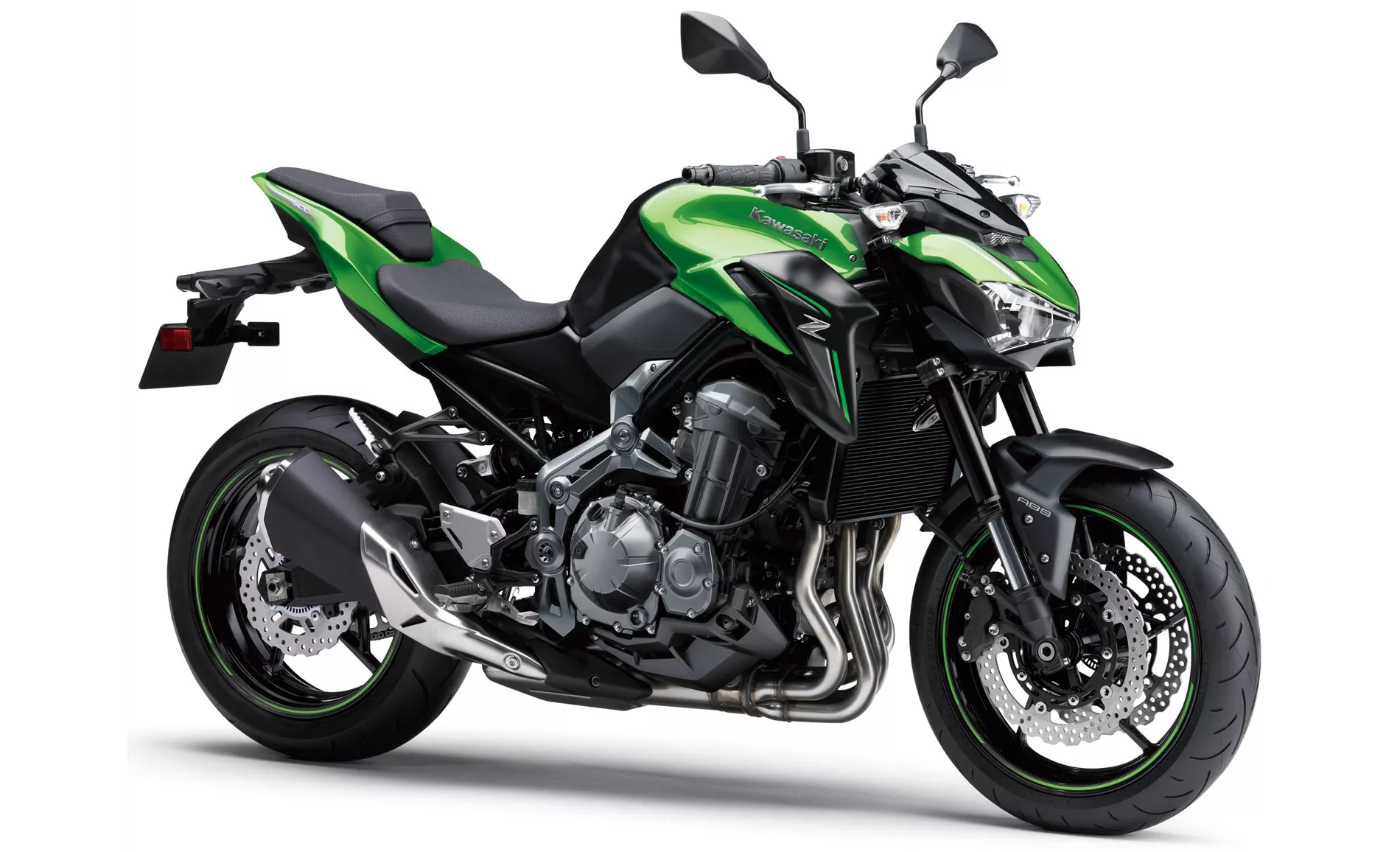
Kawasaki Z900 70kW 2018
Both bikes have a double cradle steel frame and upside-down telescopic fork front suspension. The front suspension of both models can be adjusted for rebound, providing some flexibility in tuning the bike's handling.
Both bikes also have double disk front brakes with four pistons and petal technology. This brake setup offers good stopping power and control for both models.
In terms of dimensions and weights, the Kawasaki Z900 70kW 2018 has a front tire width of 120 mm and a rear tire width of 180 mm, with both tires having a diameter of 17 inches. The wheelbase is 1450 mm, and the seat height is 795 mm. On the other hand, the Kawasaki Z800 2013 has the same tire dimensions and wheelbase, but a slightly higher seat height of 834 mm.
Now let's discuss the strengths and weaknesses of each model. The Kawasaki Z900 70kW 2018 has a smooth engine with punch at around 6000 rpm, making it suitable for city traffic. The brakes are finely controllable, and the bike offers good stability at motorway speeds. The handling is also praised by riders.

Kawasaki Z 800 2013
On the other hand, the Kawasaki Z800 2013 has an eye-catching, chunky look and confident acceleration. The relaxed geometry of the bike and powerful brakes contribute to a comfortable riding experience.
However, there are some weaknesses to consider. The Kawasaki Z900 70kW 2018 may be quite small for tall riders, and it has a relatively high weight of 210 kg. The acceleration with 48 hp may also be poor due to the weight of the bike. On the other hand, the Kawasaki Z800 2013 has limited freedom of movement for the legs, which may be a drawback for some riders.
In conclusion, the Kawasaki Z900 70kW 2018 and the Kawasaki Z800 2013 are both solid naked bikes with their own strengths and weaknesses. The Z900 offers a smooth engine and good handling, while the Z800 has a more powerful engine and confident acceleration. Riders should consider their preferences and priorities when choosing between these two models.
Technical Specifications Kawasaki Z900 70kW 2018 compared to Kawasaki Z 800 2013
Pros and Cons in comparison
Pros and Cons in comparison
Kawasaki Z900 70kW 2018
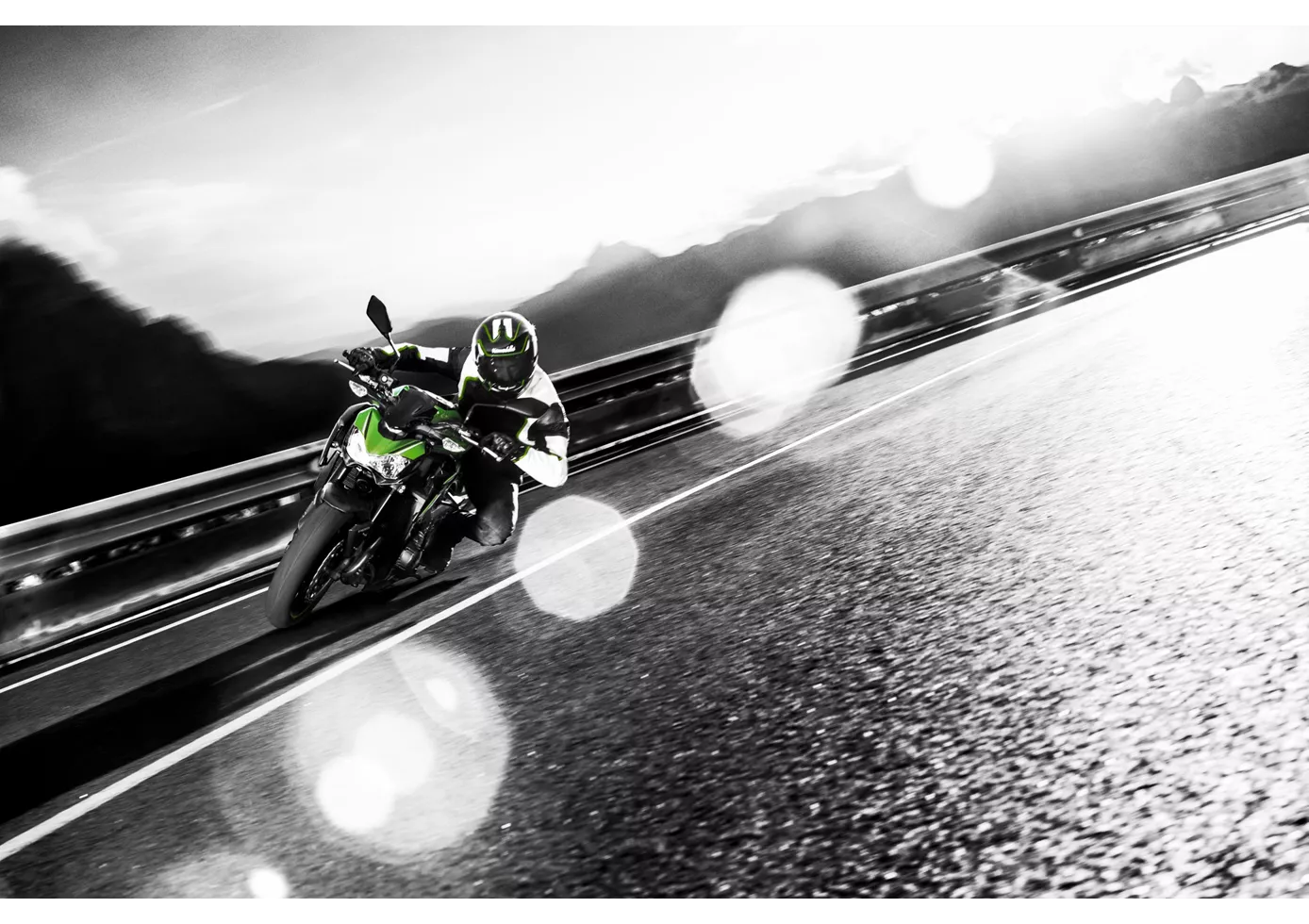
The Z900 is a top entry-level motorbike. Very smooth engine, great brakes and lots of adjustment options on the chassis and levers. The acceleration may be too good for speed junkies, but it's just right for learning. The lack of electronic gimmicks, riding modes and traction control doesn't bother either, but makes the Z900 a good bike to learn the basics of two-wheeled locomotion. A high-quality purist, a real motorbike, even with only 48 hp!
Kawasaki Z 800 2013

Overall, the Z800 delivered a sensational performance. Considering the fact that nothing was changed or optimised on the vehicle apart from the Remus rear silencer, a super final result.
Price Comparison Avarage Market Price Kawasaki Z900 70kW vs Kawasaki Z 800
There are a few key differences between a Kawasaki Z900 70kW 2018 and a Kawasaki Z 800 2013. In terms of price, the actual average price of a Kawasaki Z900 70kW 2018 is about 30% higher. Compared to Kawasaki Z 800 2013 there are less Kawasaki Z900 70kW 2018 bikes available on the 1000PS.de Marketplace, specifically 5 compared to 7. It takes less time to sell a Kawasaki Z 800 with 56 days compared to 194 days for the Kawasaki Z900 70kW. Since model year 2018 1000PS.de editors have written 10 reviews for the Kawasaki Z900 70kW and 11 reviews for the Kawasaki Z 800 since model year 2013. The first review for the Kawasaki Z900 70kW was published on 23/11/2018 and now has more than 104,300 views. This compares to more than 8,100 views for the first review on Kawasaki Z 800 published on 06/09/2012.
